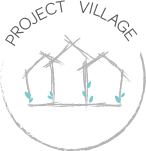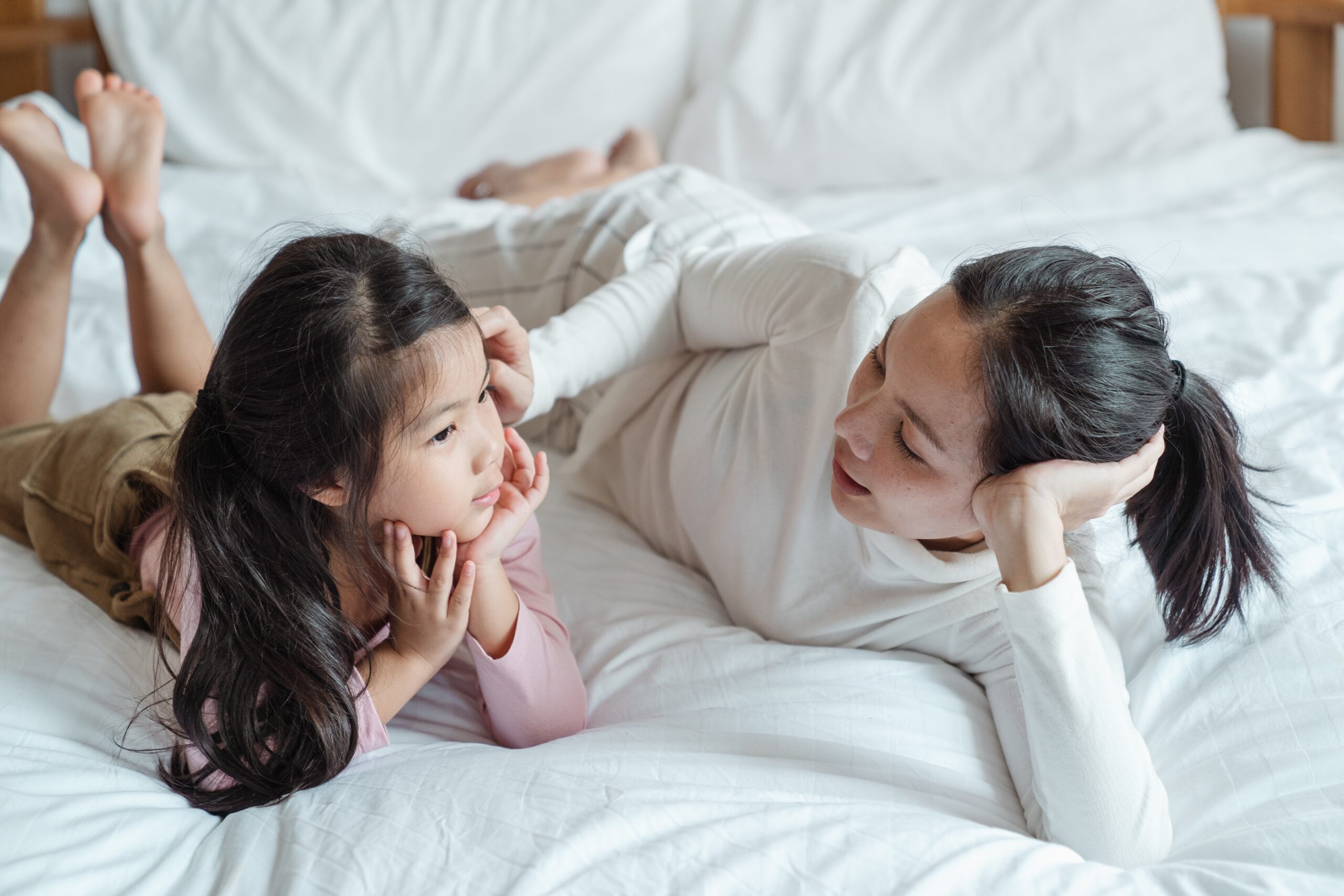I was 27 when the terrorist attacks of September 11th happened. At the time, I was a young social worker fresh out of graduate school and working at a children’s mental health clinic. In light of such an unprecedented and horrific event, it was just a matter of hours before our office phone was ringing off the hook with the same question, over and over again: “How do we talk to our kids about this?”
I was chosen to represent our agency at a local radio station, where a DJ interviewed me about positive parenting in light of senseless or disastrous events. With my clinical and child development training, I addressed his questions as best I could, offering my support and encouragement to parents who were listening. I hope I did a good job.
Two decades later, I’m a mom of two kids — and sadly, our world has gone through countless world-changing events since then, events that altered our global perception of “normal.” As a parent, when I feel overwhelmed with my own sadness and grief in response to worrying or devastating events, I struggle to find words to provide a sense of safety for my kids.
How does a concerned parent talk to kids about scary news stories? How do we explain situations that we as adults struggle to cope with? And how can we provide comfort at a time when the very definition of “normal” seems to be shifting under our feet?
The truth is, the conversation will never be effortless — but a little preparation can help ease stress and anxiety for both you and your child. Here are my go-to talking points when I try to help my children make sense of worrying or scary news:
-
I will protect you (and me) from too much scary information.
After a traumatic or scary event, it’s easy to fall into the trap of constantly seeking out news updates to make sense of things. It’s also easy to feel traumatized by scary images and stories. As parents, we must carefully ensure that our children (and ourselves) aren’t exposed to too much.
Keep in mind that you are the filter for your child. You are the best judge of when you should turn off screens and turn back to your daily lives. Your child relies on you to share only the information that he or she is developmentally ready to receive. For some great tips on developmentally appropriate ways to talk to kids about scary current events, check out this Common Sense Media article.
-
There are some bad people in the world, but there are way more good people.
When we hear story after story about groups in the midst of arguments or fighting, about scary and dangerous people, or about adults who seem to act against the community’s best interest, it’s easy to lose sight of the good people. Kids need this reminder more than anyone.
-
We will keep you safe.
Your child needs reassurance that there are safe and loving adults around them always. Use examples of everyday actions that keep them safe, depending on the context of current events: you might mention ways your family cares for their health, like wearing face masks, sanitizing door knobs, and washing hands. You could also mention ways you consider their physical safety, such as buckling seat belts, wearing a bike helmet, looking both ways before crossing the street, and school safety drills.
-
We must always believe in the power of human kindness.
Kindness is a much more powerful force than hatred, especially in times of darkness. Look for the hero stories — the ones of brave and courageous helpers who offered protection and support during scary or trying current events.
-
We must always choose acts of kindness and compassion.
If you’re not already familiar with the starfish story, it highlights how the simple acts of kindness make a difference every day — a particularly essential reminder in the wake of a tragic event.
-
Prayers are important, and action is also important.
There is always something we can each do to help in the aftermath of a tragic event. A child can draw a picture to send to hospitalized or quarantined victims; we can donate food and goods; we can raise donations for medical and protective gear; we can do our part and show our love by distancing from or wearing masks and gloves around those most at risk to the illness; we can use our voices for policy change; adults can donate blood to help sick and injured people in their home community. You can teach and model for your child that when we feel fear and anger after something bad happens, we can channel that energy in positive and constructive ways.
The great thing about these talking points is that they can help you connect with your kids even at times when you yourself feel shaky and uncertain. Make sure your children know they can come to you with follow-up questions and bear hugs whenever they need. And in the powerful words of Theodore Roosevelt: “Start where you are. Use what you have. Do what you can. It will be enough.”

